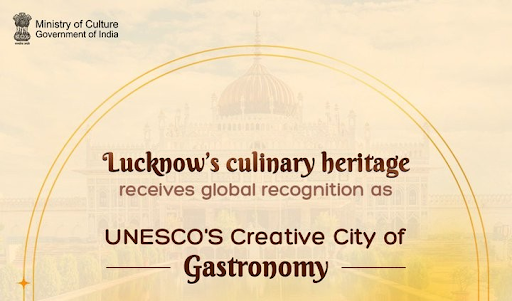





Source: PIB
Disclaimer: Copyright infringement not intended.
Context
Details
Eri Silk
Production Process
Unique Characteristics
Environmental and Ethical Aspects
Geographical Significance
Applications and Uses
Oeko-Tex Certification
Types of Oeko-Tex Certifications
Oeko-Tex offers several types of certifications, each focusing on different aspects of textile and leather product safety and sustainability:
Global Reach
Criteria and Testing
The Oeko-Tex certification system tests for a wide range of harmful substances, including:
Silk
Historical Background
Types of Silk
Silk comes in various types, each with unique characteristics:
Silk Production Process
The production of silk involves several steps:
Global and Indian Silk Industry
|
INDIA’S SILK SECTOR
Historical Background
Types of Silk in India Mulberry Silk: The most common and commercially important variety, accounting for about 70% of India's silk production. Karnataka is the leading producer.
Geographical Distribution
Economic Significance The silk industry is a vital part of India's rural economy:
Government Initiatives To support and promote the silk sector, the Indian government has launched several initiatives:
Challenges Despite its significance, the Indian silk sector faces several challenges:
|
Key Fabrics In India
|
State |
Key Fabrics |
Traditional Significance |
|
Assam |
Muga Silk, Eri Silk, Assam Cotton |
Known for its luxurious Muga Silk, exclusive to Assam, and the eco-friendly Eri Silk. |
|
West Bengal |
Bengal Cotton (Muslin), Baluchari Silk, Jamdani |
Bengal Muslin was historically a prized fabric; Baluchari and Jamdani are iconic weaves. |
|
Gujarat |
Bandhani, Patola, Mashru |
Patola silk sarees and Bandhani tie-dye are traditional crafts with centuries-old heritage. |
|
Rajasthan |
Kota Doria, Bandhej, Leheriya |
Kota Doria is known for its lightweight and breathable quality; Bandhej is traditional tie-dye. |
|
Maharashtra |
Paithani, Himroo, Narayan Peth |
Paithani sarees are rich, handwoven silk sarees known for their intricate pallu designs. |
|
Tamil Nadu |
Kanchipuram Silk, Madurai Sungudi, Chettinad Cotton |
Kanchipuram sarees are iconic in South Indian bridal wear; Madurai Sungudi is a traditional print. |
|
Uttar Pradesh |
Banarasi Silk, Chikankari, Brocades |
Banarasi silk sarees are famous for their opulent zari work; Chikankari is an intricate embroidery style. |
|
Punjab |
Phulkari, Khaddar |
Phulkari is a traditional embroidery style, while Khaddar represents the handspun cotton fabric. |
|
Karnataka |
Mysore Silk, Ilkal Sarees |
Mysore silk is known for its purity and gold zari work; Ilkal sarees are traditional and handwoven. |
|
Odisha |
Ikat, Sambalpuri Silk |
Odisha is renowned for its Ikat and Sambalpuri sarees, which have intricate tie-dye patterns. |
|
Madhya Pradesh |
Chanderi, Maheshwari |
Chanderi sarees are lightweight and luxurious; Maheshwari sarees are known for their simplicity and elegance. |
|
Telangana |
Pochampally Ikat, Gadwal |
Pochampally is famous for its complex Ikat designs; Gadwal sarees are light and easy to wear. |
|
Kerala |
Kasavu Sarees, Balaramapuram Handloom |
Kasavu sarees are traditional wear for festivals and weddings in Kerala. |
|
Manipur |
Moirang Phee, Phanek |
Moirang Phee sarees are known for their unique patterns; Phanek is a traditional wrap-around skirt. |
Sources:
|
PRACTICE QUESTION Q: Consider the following statements regarding Eri silk:
Which of the statements given above is/are correct? a) 1 and 2 only Answer: a) |










© 2025 iasgyan. All right reserved